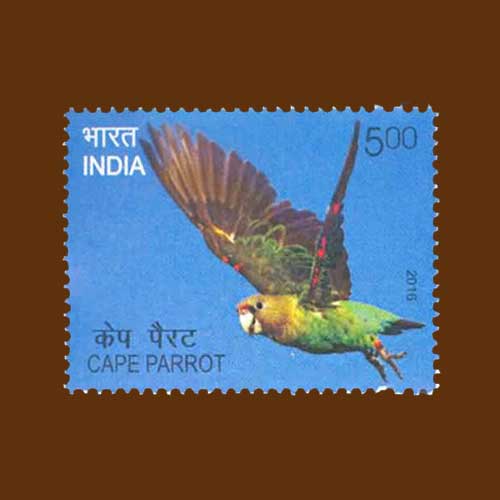Parrot: The Talking Bird
2018-01-30 Tue
If you think Parrot is just another bird, then you’re are wrong! Peacock is the national bird of India, which is known for its love, beauty, and grace but Parrot is also not far behind than this lovely looking bird. Let’s find out what is so unique in this green bird!The first written reference of the Parrot is found in the Rigveda, the earliest of the four Vedas. They are revered in various Indian texts, legends, and myth. We also find its reference in the Panchatantra (c.300 BCE) and Jataka tales.
Parrot is seen as a vahana (mount) of Kamadeva (The God of Desire). Interestingly, the Kama Sutra, composed by Vatsyayana (c. 600 CE) stated that one of the 64 requirements of a man was to train a parrot to talk. The parrots are also associated with Goddess Meenakshi and Kamakshi. They are considered as sacred in India, maybe because of their ability to mimic human speech.
Let’s check out one of the stories of Panchatantra:
Once upon a time, a tribal king who was hunting in the forest caught two parrots in his nest. He was very pleased with this and thought that he would teach the parrots to talk and his children would be happy to play with the talking parrots.
As the tribal king was returning home with his catch, one of the parrots somehow escaped from the net and flew away to the other end of the forest. At the other end of the forest was a sage’s hut. The parrot that escaped started living here with the sage. The other parrot was carried to the tribal king’s home and he began living there with the tribal king and his family.
Many months later, one day, a king from a nearby kingdom was passing through the forest on his horse. While riding, he came near the tribal king’s house. As he came nearer to the house, the tribal king’s parrot that was kept in a cage outside the house, started shouting loudly, “Who is there? Catch this man who is coming here and beat him black and blue.”
The king was displeased on hearing the parrot talk in such a filthy way and decided to ride in the other direction. Soon, he reached the other end of the forest where the sage’s hut was situated. When the king came closer to the hut, the sage’s parrot, who was also kept in a cage outside the hut, said politely, “You are welcome, dear sir. Please come in and have a seat. Would you like a glass of water and some sweets?” After having welcomed the guest with proper manners, the parrot called out to his master, “Guruji, you have a visitor. Please take him inside and offer him some refreshment.”
The king was amazed to see the intelligence and manners of this parrot. He realized the contrast between the tribal king’s parrot that was extremely rude and the sage’s parrot that was polite and courteous!
Well, so the moral of the story is, ‘a good environment and training always gives better results and that a man is known by the company he keeps’.
Here in the story, we see parrot as the important character and legacy of training the parrot to speak is seen in India since ancient period.
To commemorate this mesmerizing bird, India Post issued a stamp on Parrot of INR 5 in 2016.
Latest News
-
Gold Pagoda of Vijaynagar Empire King Deva Raya I
2024-04-10 WedKing Deva Raya I of the Vijayanagara Empire was a patron of Kannada literature and architecture. He ...
-
Silver Denarius of Septimus Severus
2024-04-05 FriLucius Septimius Severus served as the Roman emperor from 193 to 211 AD. Severus sat on the throne o...
-
Extremely rare 'Malaharamari' type Gold Gadyana of King Guhalladeva-III Sold for INR 611000
2024-04-03 WedTribhuvanamalla, also known as Guhalladeva III, was the ruler of the Kadamba dynasty. His reign coin...
-
90 Years of RBI
2024-04-02 TueOn 1st April, PM #Modi unveiled a special commemorative coin marking 90 Years since the foundation o...
-
Silver Denarius of Julia Mamaea
2024-04-02 TueJulia Avita Mamaea, a Christian Syrian noblewoman, was the mother of Roman Emperor Alexander Severus...

